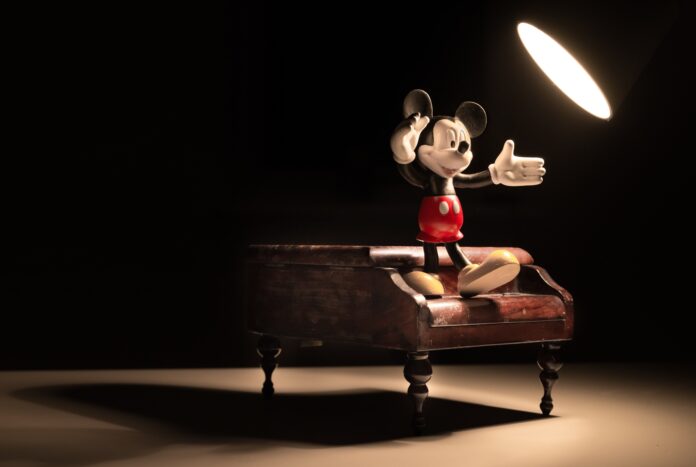Animation is a fascinating art form that has captivated audiences for over a century. It has evolved from the simple drawings of the early 1900s to complex computer-generated imagery (CGI). Modern-day animated films and television shows have at times outperformed traditional ones. In this article, we’ll take a look at the Evolution of animation, from its humble beginnings to its current state, and explore the ways in which technology has transformed the industry.
Early Animation Techniques
The origins of animation can be traced back to the 1800s. When devices like the Zoetrope and the flipbook were invented. These devices relied on the persistence of vision to create the illusion of movement. They did so by showing a series of images in rapid succession. This paved the way for hand-drawn animation techniques, which began to gain popularity in the early 1900s.
One of the earliest pioneers of hand-drawn animation was Winsor McCay. Sir McCay created the first animated film, “Gertie the Dinosaur,” in 1914. Soon after, the use of cel animation was introduced in the animation industry. Which allowed for more efficient production by separating the characters and backgrounds onto separate transparent sheets.
Golden Age of Animation
The 1930s to 1950s is considered the Golden Age of Animation. This was a time when major animation studios, such as Disney, Warner Bros., and MGM, emerged. And produced some of the classic films that are still beloved today. Walt Disney and Mickey Mouse became household names during this era. And the introduction of Technicolor and sound in animation only added to its appeal.
Key figures in the industry, such as Tex Avery, Chuck Jones, and Hanna-Barbera, also made their mark during this time. With their own unique styles and memorable characters. Animation became a staple in entertainment, with animated shorts being played before feature films in cinemas across the country.
The Rise of CGI
The 1980s saw the rise of computer technology, which had a significant impact on animation. The first CGI animated short films, such as “The Adventures of André and Wally B” and “Luxo Jr.” were created by Pixar in the early 1980s, and the company went on to revolutionize the industry with its feature-length films, such as “Toy Story,” “Finding Nemo,” and “The Incredibles.”
3D animation techniques were also introduced in the 1990s, and by the turn of the century. CGI had become the dominant animation technique in the industry. CGI offered filmmakers more creative control, faster production times, and cost efficiency, making it a popular choice for studios.
Modern Animation Techniques
In recent years, animation has continued to evolve and expand in new directions. Motion capture technology has become a common tool in animation, allowing for more realistic movements and performances. By capturing the movements of real-life actors.
New animation software, such as Toon Boom Harmony and TVPaint, have also emerged, allowing for more efficient and customizable workflows. Streaming services, such as Netflix and Amazon Prime, have also played a significant role in the animation industry. By producing original animated shows and films that appeal to both children and adults.
The Future of Animation
As technology continues to advance, the possibilities for animation are endless. Virtual and augmented reality may be the next evolution for animation, allowing audiences to immerse themselves in animated worlds. Machine learning and artificial intelligence may also play a role in the future of animation. By allowing for more efficient production and advanced creative tools.
Conclusion
Animation has come a long way since its inception, and it shows no signs of slowing down. From hand-drawn techniques to computer-generated imagery, technology has transformed the industry and allowed for new creative possibilities. As we look toward the future, it’s exciting to think about the ways in which animation will continue to evolve. And push the boundaries of storytelling and visual art. Animation has become an integral part of entertainment and culture, and its influence is felt around the world.
Whether it’s a classic Disney film or a cutting-edge CGI adventure, animation has the power to captivate and inspire audiences of all ages. As we continue to witness the evolution of animation, it’s clear that this art form will continue to thrive and captivate audiences for generations to come. And as always be sure to check out the Global Growth Forum for similar interesting articles. Or check out the Mojo Patrakar for Hindi articles.



